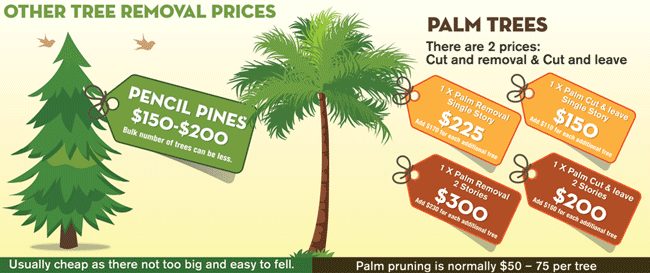Post-Tree Removal Therapy: Reliable Approaches For Landscape Remediation
Post-Tree Removal Therapy: Reliable Approaches For Landscape Remediation
Blog Article
Material By-McMillan McCollum
After a tree's elimination, your landscape might look quite various, and it's vital to analyze the aftermath very carefully. You'll intend to assess the dirt disturbance and inspect surrounding plants for any indicators of anxiety. Ignoring these variables can lead to larger issues down the line. So, what should you perform with those stumps and roots? And just how do you pick the best plants for your revitalized space? Let's explore these essential actions.
Examining the Results: Evaluating Your Landscape
After a tree elimination, it's vital to evaluate your landscape to comprehend the impact it has on your backyard.
Beginning by checking out the location where the tree stood. Search for signs of dirt disturbance, and inspect the bordering plants for any stress and anxiety or damage.
You should likewise bear in mind of just how the removal has actually altered sunshine direct exposure and air movement in your garden. This shift can affect the growth of neighboring plants, so it's important to evaluate their health.
Consider the aesthetic facets also; the removal may develop an open space that you can upgrade.
Ultimately, think about any type of prospective disintegration problems that could arise from the tree's absence. Attending to these factors early will assist bring back balance to your landscape.
Handling Stumps and Origins: Choices for Elimination
When you have actually analyzed the aftermath of the tree elimination, you'll likely require to take on the stump and origins left behind.
You have a few choices for elimination. One efficient technique is stump grinding, where a professional utilizes a maker to grind the stump to below ground degree. https://www.rentonreporter.com/news/man-pinned-under-a-tree-after-it-falls-into-an-apartment/ leaves marginal interruption to your landscape.
If you favor a DIY technique, you can utilize a combination of excavating and chemical stump cleaners. Simply remember, this procedure can take time and effort.
Additionally, take into consideration leaving the stump as an all-natural function, which can act as an one-of-a-kind yard component or habitat for wild animals.
Whatever you choose, addressing the stump and roots is vital for restoring your landscape.
Selecting the Right Plant Kingdoms for Your New Area
As you analyze your newly removed area, choosing the right plants can significantly improve your landscape's elegance and performance.
Begin by considering How To Prune A Tree and dirt problems. For warm locations, choose drought-resistant plants like lavender or succulents. In shaded areas, ferns and hostas thrive well.
Consider the dimension and growth routines of your plants; mix perennials and annuals for seasonal range. Do not forget to integrate native varieties; they require less upkeep and support local wild animals.
Group plants in odd numbers for an extra natural appearance and produce layers for aesthetic depth.
Ultimately, ensure you have a mix of shades and appearances to keep your landscape vivid throughout the periods.
Happy planting!
Verdict
Finally, recovering your landscape after tree elimination is a fulfilling process. By evaluating the results, dealing with stumps and roots, and selecting the right plants, you'll develop a growing atmosphere. Do not fail to remember to integrate erosion control steps to protect your dirt. With a little effort and treatment, you can change your room right into a vivid yard that boosts your home. Welcome the chance to invigorate your landscape and appreciate the appeal of nature right in your yard!
